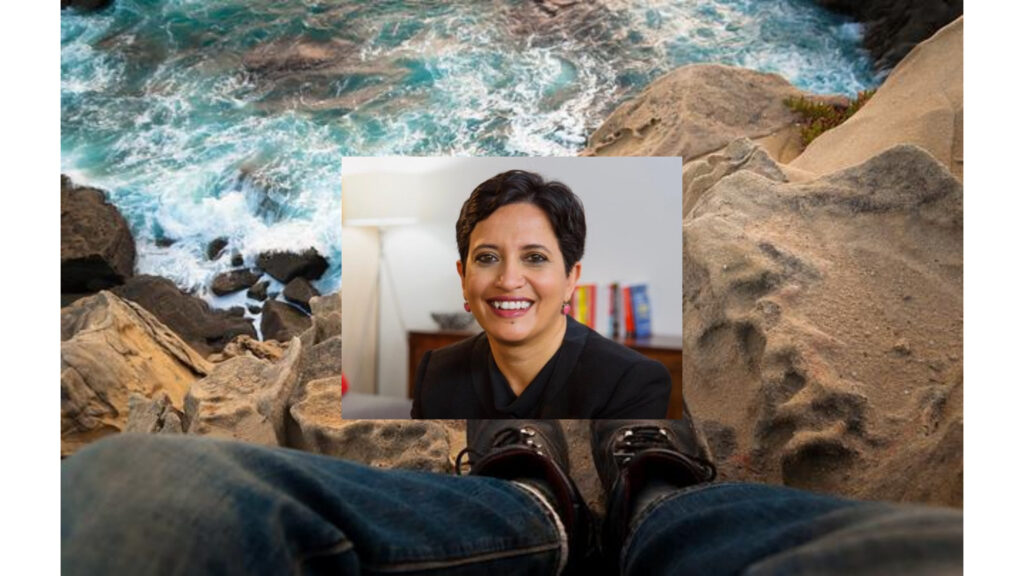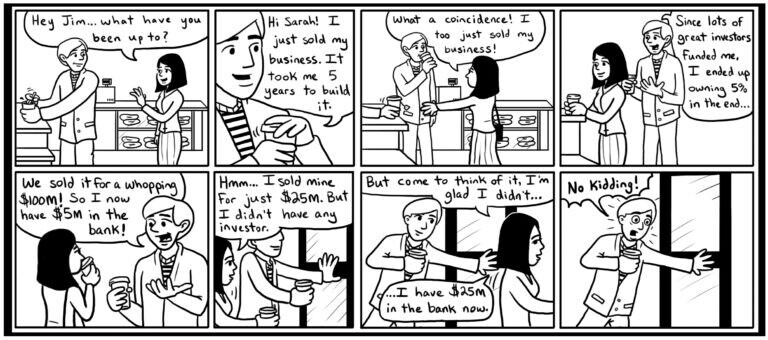Building an AI Platform Company for Real-Time Applications: Vantiq CEO Marty Sprinzen (Part 4)
Sramana Mitra: My thesis is that the best approach to build truly serious, complex systems leveraging all the capabilities of AI—whether it’s generative AI, agent-based AI, or others—is to go to market as an IP-plus-services company. Pick domains to focus on and develop deep domain expertise. That, I believe, is one of the most effective ways to build very, very valuable companies. Is that what you’re trying to do?
>>>Featured Videos
Cloud Stocks: ASML Faces a Tough Road Ahead

According to a recent report, the global Extreme Ultraviolet Lithography (EUV lithography) market is estimated to be a $23.7 billion industry this year and is forecast to grow 9.5% annually to $37.3 billion by 2030. The increasing demand from AI, 5G, and high-performance computing is driving the growth in the industry. Netherlands-based ASML (NASDAQ: ASML), the only producer of the machines, announced second quarter results that outpaced market expectations. But a slower outlook has sent the stock tumbling 7% soon after the European markets opened for trading.
>>>New Bootstrap an AI Startup First and Blitzscale Later Course + Coupons

If you’re building an AI startup, there’s a smarter, lower-risk path to success – bootstrap first, raise capital later. Our new course, How to Bootstrap an AI Startup First and Blitzscale Later, teaches you exactly how to do that for AI startups, using the powerful case study of a deep learning AI venture bootstrapped to over $5M ARR.
This course offers a masterclass in capital-efficient startup building, revealing how to achieve product-market fit, build real revenue, and attract investor interest after proving traction. You’ll learn from the startup’s six-year journey and gain strategic insights on how to avoid common startup mistakes, master ultralight go-to-market methods, and build fundable B2B AI solutions that scale.
For the month of July, we’re offering up to 85% off this course and all others listed below.
All coupons expire on July 31, 2025, so don’t miss your chance to enroll today!
Artificial Intelligence:
How to Bootstrap an AI Startup First and Blitzscale Later: TRY1MBY1MJUL2025AIBB
AI FinTech Startup Case Studies: TRY1MBY1MJUL2025AIFT
AI HealthTech Startup Case Studies: TRY1MBY1MJUL2025AIHT
Video FAQs
Can 1M/1M Help Me Raise Money?
How Does 1M/1M Democratize Entrepreneurship Education?
How Does 1M/1M Democratize Management Consulting?
When Is The Right Time To Join 1M/1M?
Can 1M/1M Help Me With Business Development?
Can 1M/1M Help Me With Market Sizing?
Can 1M/1M Help Me Validate My Product?
Will I Have Private 1-on-1 Sessions In 1M/1M?
How Does 1M/1M Help Entrepreneurs Connect With Silicon Valley?
Mentoring or Consulting?
Why Does 1M/1M Charge $1000 a Year?
Why Does 1M/1M Partner With Local Organizations?
Why Don\’t Mentoring Networks Work?
Why Is It Important To Study With 1M/1M Now?
Dan Stewart Story
Vikrant Mathur Story
Building an AI Platform Company for Real-Time Applications: Vantiq CEO Marty Sprinzen (Part 3)
Sramana Mitra: So you positioned the company in 2022-2023 in the direction of Generative AI?
Marty Sprizen: Exactly.
Sramana Mitra: What applications did you go after?
>>>Best of Bootstrapping: Bootstrapped an AI Security Startup to $10M+

Osprey Security Founder Rohit Anabheri had effectively used the Bootstrapping Using Services technique to bootstrap an AI-Powered Enterprise Security venture to mid eight figure revenues when we spoke in 2023. In that process, he had turned down offers for venture capital.
Sramana Mitra: Let’s start by introducing our audience to yourself and then we’ll come to the Osprey Security journey in a moment. You are a serial entrepreneur, yes?
Rohit Anabheri: That is correct.
Building an AI Platform Company for Real-Time Applications: Vantiq CEO Marty Sprinzen (Part 2)
Sramana Mitra: Okay. But standard VC route at the time was different from the standard VC route of today because the number of, the amount of money that VCs used to invest was much smaller. The VC fund sizes were much smaller. It was actually the way venture capital should have been.
>>>The Accelerator Conundrum: Playbook for B-to-C Entrepreneurs

The Accelerator Conundrum is a multipart series that challenges the prevailing wisdom of the tech startup ecosystem that entrepreneurs should Blitzscale out of the gate. Written by Sramana Mitra, the Founder and CEO of One Million by One Million (1Mby1M), the world’s first global virtual accelerator, it emphatically argues that a better strategy is to Bootstrap First, Raise Money Later, focus on customers, revenues and profits. 1Mby1M’s mission is to help a Million entrepreneurs reach a million dollars in annual revenue and beyond. Sramana’s Digital Mind AI Mentor virtually mentors entrepreneurs around the world in 57 languages. Try it out!
B-to-C startups are notoriously high-risk. The failure rate is brutal. The temptation to chase scale with venture funding is strong—and often fatal. Most accelerators feed this temptation. They want viral growth, app downloads, and DAUs—regardless of whether there’s a business model behind it.
>>>The Accelerator Conundrum: Playbook for Ecommerce Entrepreneurs

The Accelerator Conundrum is a multipart series that challenges the prevailing wisdom of the tech startup ecosystem that entrepreneurs should Blitzscale out of the gate. Written by Sramana Mitra, the Founder and CEO of One Million by One Million (1Mby1M), the world’s first global virtual accelerator, it emphatically argues that a better strategy is to Bootstrap First, Raise Money Later, focus on customers, revenues and profits. 1Mby1M’s mission is to help a Million entrepreneurs reach a million dollars in annual revenue and beyond. Sramana’s Digital Mind AI Mentor virtually mentors entrepreneurs around the world in 57 languages. Try it out!
Ecommerce is seductive. It promises scale, global reach, and fast-moving consumer engagement. But here’s the truth most founders don’t hear in traditional accelerators: Ecommerce is brutal. It’s low-margin, logistics-heavy, and customer acquisition costs can eat you alive—unless you operate with ruthless discipline.
>>>